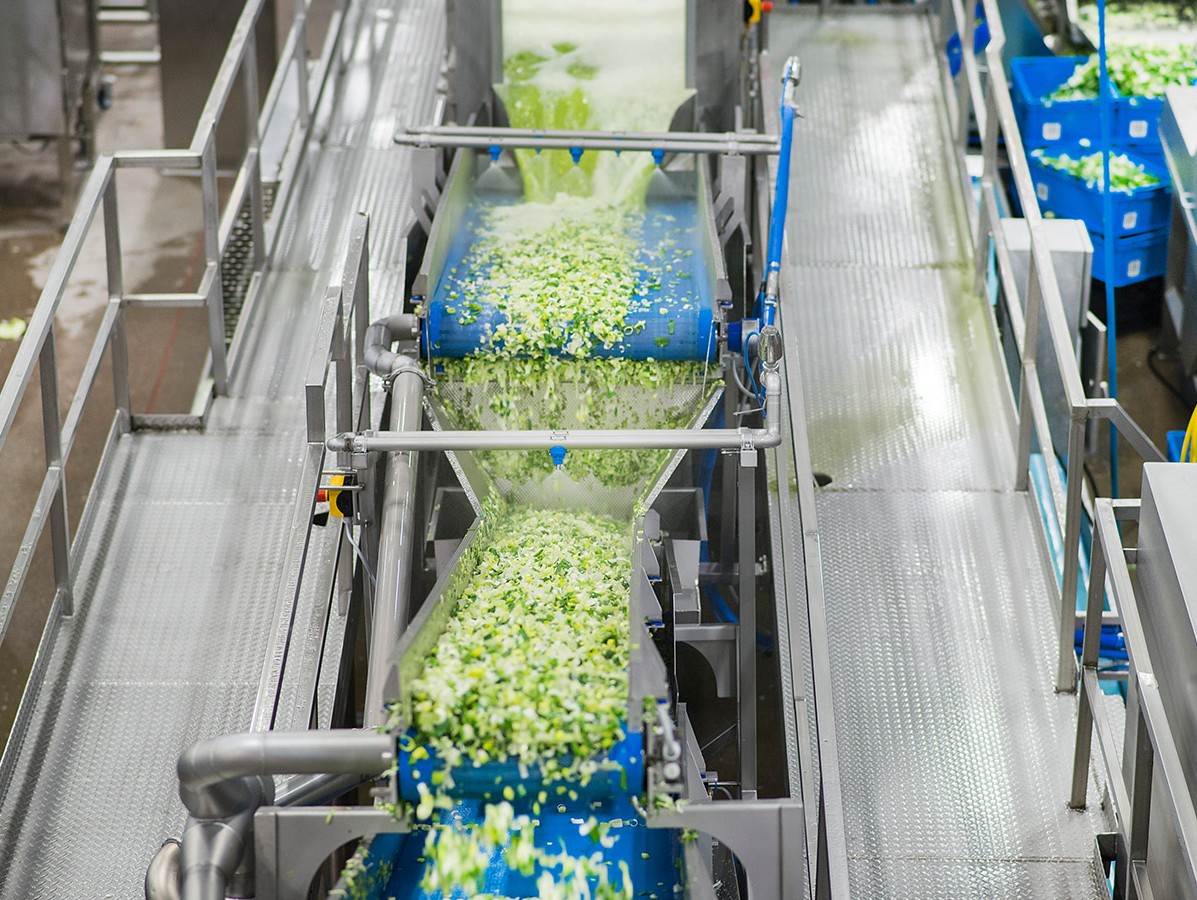
In August 2018, the British Retail Consortium (BRC) came with a new version of the Global Standard Food Safety, the 8th version of this standard. One of the key issues in version 8 is the involvement of every layer of the organisation. What is changing for the certified companies?
In its new standard, the BRC puts the individual at the core and has the implementation of a food-safety culture as one of the main themes. Its motto: prevent human errors. But how can this be achieved? KTBA has created a (free) webinar: 'Are human activities the new standard?'. During this webinar, specialists Aldo Rus and Jori Broens guide the participants along the most important changes and translate them into practical solutions. A survey among the first group of participants showed that there are still many things that are not clear: 65% of them indicated that this was the first time they learned about version 8 of the BRC Food standard. Only 15% indicated that they were up to date with the most important changes. Aldo: "There are many contradictions between versions 7 and 8. When you expect an audit to focus on version 8, but you are tested according to version 7, you can get minor grades on certain elements of your risk analysis. My advice would be to maintain contact with your certification institution".
One of the most important themes in the BRC 8 is aimed at the food-safety culture. The senior management is expected to draw up a plan to maintain and improve the quality and food-safety culture. This has to include concrete actions and goals, which have to be registered. In addition, employees have to be able to share their views or comments. This can be about the quality of the product, food-safety, or compliance with laws and regulations. The management has to organise a system in which employees can report special issues in confidentiality, whereby every report has to be taken seriously. BRC hopes that this will bring malpractices to the surface. The senior management is responsible for the (verifiable) assessment of and dealing with reported issues.
A second theme in the new BRC standard is the prevention of human errors. Again, food-safety plays a big role in this theme. All employees are expected to find it self-evident that staff members report questionable food-safety and deviations in quality. Similar to the first theme, this also means a clear, supportive role for the senior management. Additionally, the standard requires assessments by competent staff members in different areas. Inspections by an authorised staff member will be made mandatory in a great number of the standard paragraphs. This can include giving authorisation that machineries or equipment can be used again after maintenance or repair, or adjusting a date code for printed labels. The BRC 8 also sets higher demands regarding the training of staff. This certainly includes the training of the HACCP team leader, but also, for example, training on glass breakage procedures. It also refers to the legally and mandatory training such as the Preventive Controls Qualified Individual (PCQI) training for the export to the United States.

The theme Food defence, also called Threat Assessment Critical Control Point (TACCP) has explicitly returned in the requirements for the management verification. Regarding the management of the TACCP risks, the standard is clear to emphasise not just the external risks, but also the internal risks (read: the own personnel). The food defence system also applies to external storage of ingredients and products. The results of the TACCP risk analysis will be registered in a documented plan with control measures. This also includes the review of this plan, annually or after an incident. Naturally, training programmes about food defence and security procedures are also included again.
With regard to the Vulnerability Assessment and Critical Control Point (VACCP) system, which determines vulnerabilities when it comes to food fraud, the requirements are identical to those stated in BRC 7. However, the new BRC standard includes an addition to this which states that the organisation's policy and management reviews must also show authenticity.
In addition to a number of common threads in the new BRC standard, there are many smaller adjustments that can have a significant impact on the industry. For example, the claim that a product may contain a certain allergen will only be allowed when a risk assessment can show that cross-contamination during the production process cannot be ruled out. The purpose of this condition is to limit the number of these types of claims. Another adjustment is that monitoring the presence of birds will become part of the pest control programme. In addition to preventing birds being able to access the building, the standard now also specifically mentions the prevention of nesting above loading docks.
Source: © KTBA